SOURCE: PTI
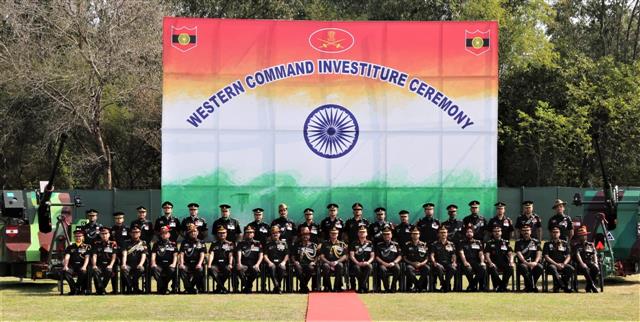
Sixteen officers and a soldier of the Indian Army were felicitated for bravery and exceptional devotion to duty at the South Western Command investiture ceremony held here on Saturday.
The ceremony was held with customary elan and military grandeur at an auditorium at the Hisar Military Station. A total of 10 Sena Medals (Gallantry) and seven Vishisht Seva Medals were presented by Lieutenant General Dhiraj Seth, General Officer Commanding-in-Chief, South Western Command, an official statement read.
Continue readingSOURCE: ANI

The Indian Air Force deployed its Dornier aircraft at short notice to airlift a team of doctors from the Army Hospital in Delhi to retrieve a liver from Pune to save the life of an army veteran.
The mission was crucial given it was conducted at short notice on February 23, the Indian Air Force said on Sunday.BAn IAF Dornier aircraft was activated at short notice to airlift a team of doctors of Army Hospital (R&R), to retrieve a liver from Pune to Delhi during the night on 23 Feb 24.
Continue readingSOURCE: PTI
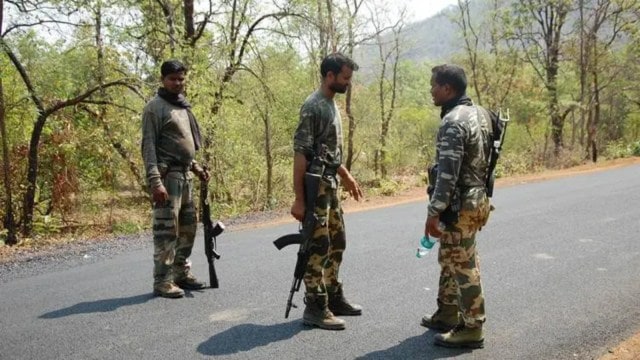
Three Naxalites were killed in an encounter with security personnel in Chhattisgarh’s Kanker district on Sunday morning, a senior police official said.
The face-off took place in a forest in Koyalibeda area when a joint team of the District Reserve Guard and the Border Security Force was out on an anti-Naxal operation, Kanker Superintendent of Police Indira Kalyan Elesela said.
Continue readingSOURCE: PTI
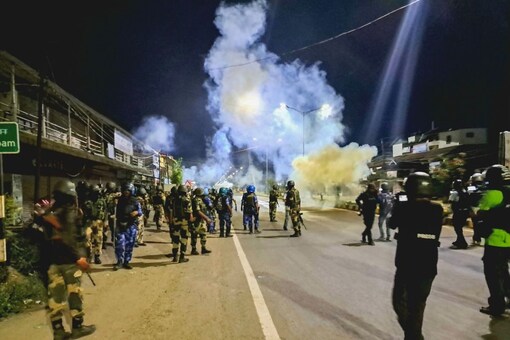
The Manipur Police have recovered a huge cache of arms and explosives during search operations at two villages in Churachandpur district. Security forces seized four firearms, one improvised long-range heavy mortar and ammunition on Saturday from the outskirts of D Haolenjang village, a police statement said.
Fake currency notes with a total face value of Rs 1,200 were also seized from there, it said. During another search operation, a police team recovered 10 guns, eight gelatin sticks and ammunition from Moljang village in Churachandpur, the statement issued by the police control room said.
Continue readingSOURCE: RAUNAK KUNDE / NEWS BEAT / IDRW.ORG
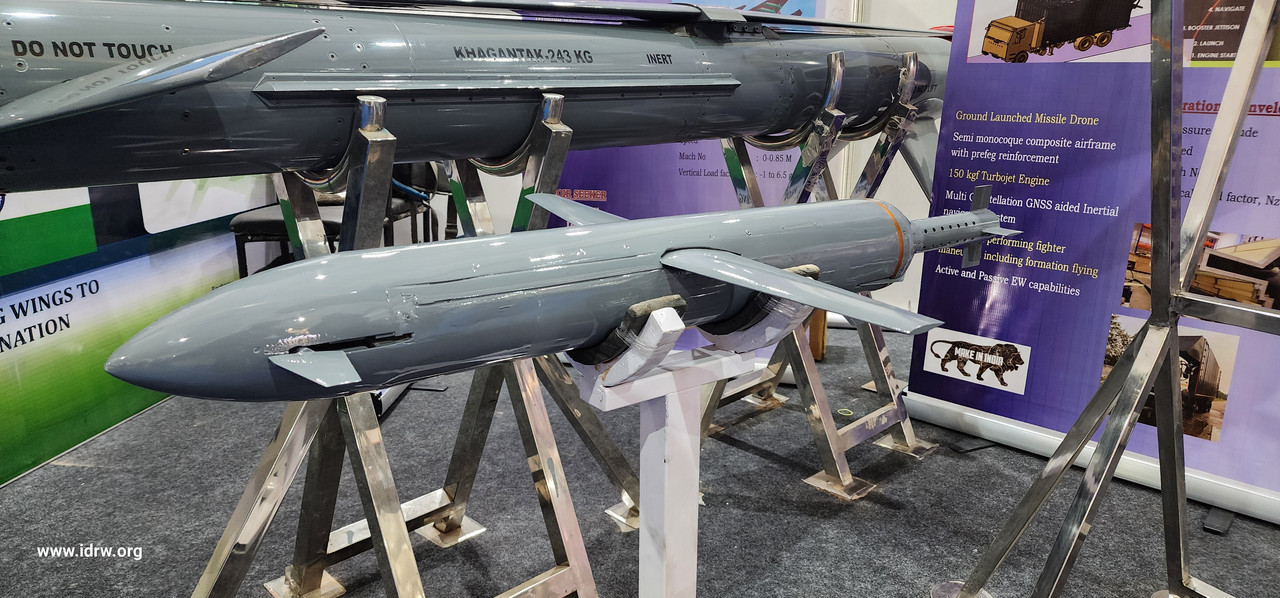
JSR Dynamics Private Limited, a Nagpur-based company specializing in airborne guided weapons, has unveiled a miniature ground-launched missile drone decoy designed to revolutionize air defense training and countermeasures. This innovative system boasts a powerful 150kgf turbojet engine, a range of 300km, and advanced capabilities that mimic real fighter jets.
150kgf turbojet engine provides exceptional speed and maneuverability, making the decoy a realistic target for air defense systems. The extended range allows for more complex training scenarios and countermeasure deployments over larger distances.
Continue readingSOURCE: RAUNAK KUNDE / NEWS BEAT / IDRW.ORG

The Indian Army’s ambitious plans to replace its T-72 tanks with 1,700 Future Ready Combat Vehicles (FRCVs) have ignited debate, particularly around the weight limit of 55 tons (+/- 5%). Indian Army plans to issue an RFP for the Next-Generation Main Battle Tanks later this year, but Defence analyst Ranesh Rajan believes this restriction could limit potential offers from foreign Original Equipment Manufacturers (OEMs).
Rajan argues that the 55-ton limit excludes most recently developed tanks from Europe and the US, potentially leaving the field open only to the Russian T-14 Armata, South Korean company Hyundai Rotem developed the K2 Black Panther, Type 10 developed by Japan and DRDO’s design.
Continue readingSOURCE: RAUNAK KUNDE / NEWS BEAT / IDRW.ORG
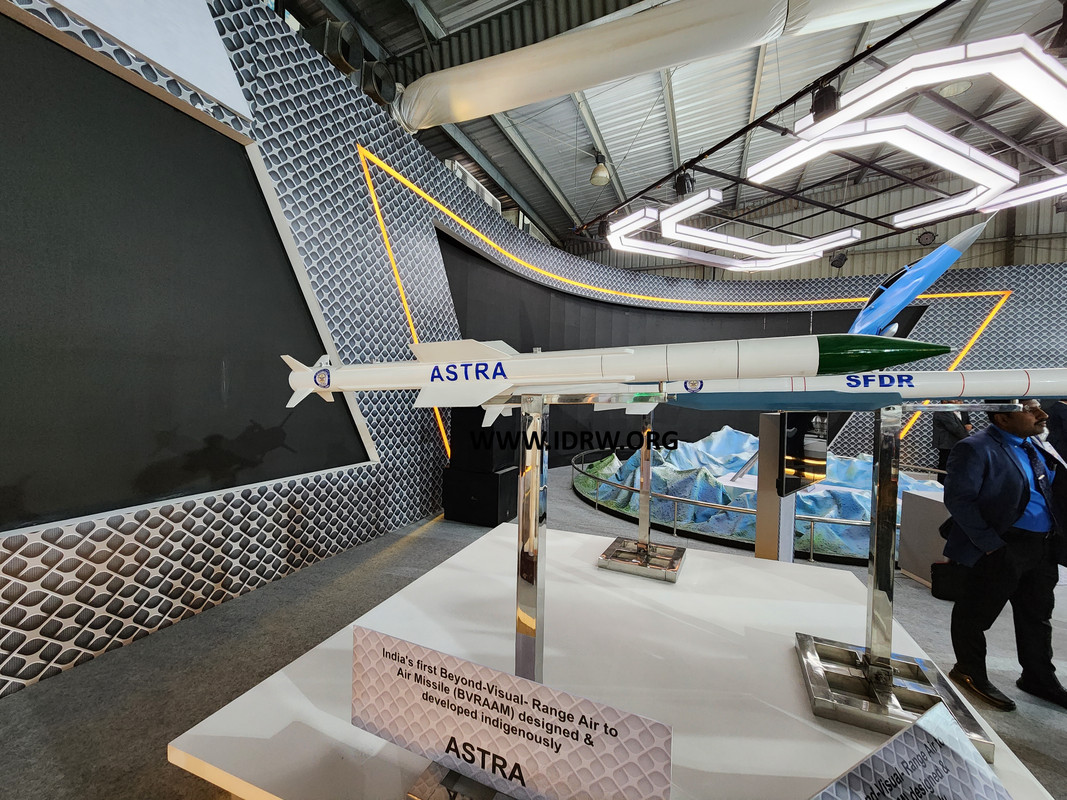
Bharat Dynamics Limited (BDL), India’s leading producer of missiles, is in talks with a Sukhoi-30 operator country to potentially export its indigenously developed Astra Beyond Visual Range Air-to-Air Missile (BVRAAM). This news marks a significant milestone for India’s defence export ambitions and highlights the growing capabilities of its domestic aerospace industry.
Developed by DRDO and manufactured by BDL, Astra has been lauded as a superior alternative to the widely used Russian R-77 BVRAAM. With its extended range and advanced counter-electronic measures (ECM) resistance, Astra offers improved aerial combat capabilities.
Continue readingSOURCE: AFI
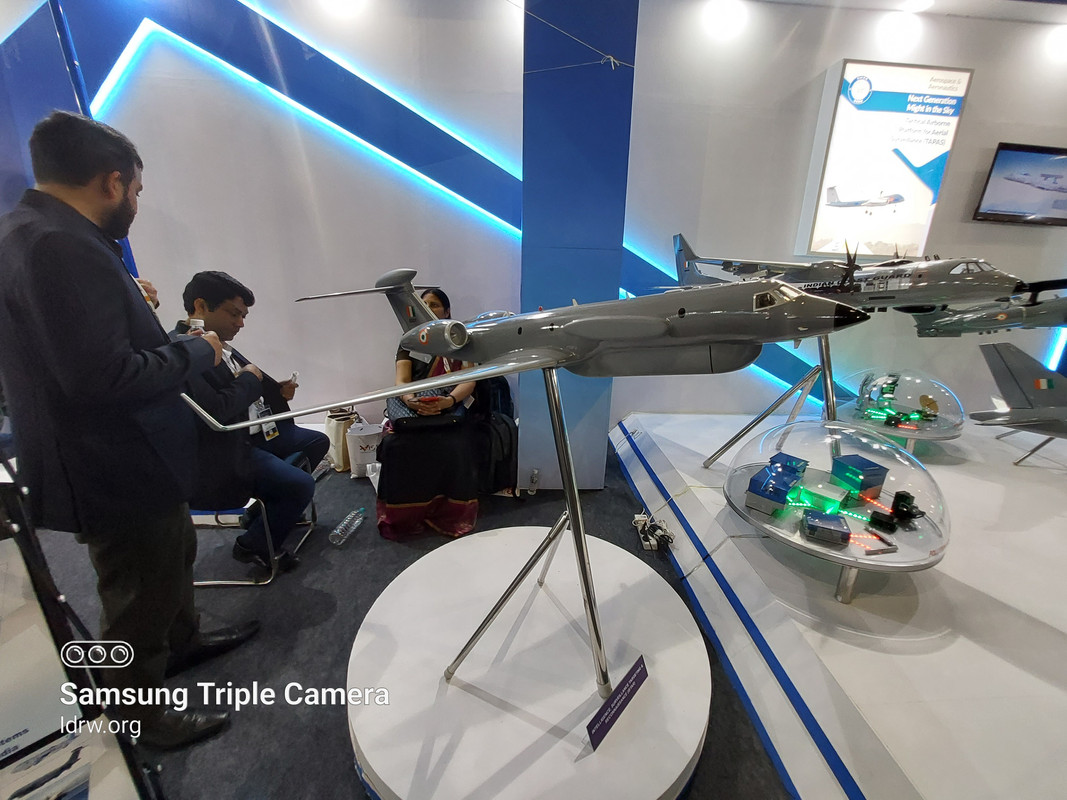
The Indian Air Force (IAF) has recently issued a Request for Information (RFI) concerning the procurement of 3 Intelligence, Surveillance, Target Acquisition, and Reconnaissance (ISTAR) Systems. This move underscores the growing necessity for enhanced intelligence capabilities in contemporary military operations. The systems, to be acquired under the Buy (Indian-Indigenously Designed, Developed, and Manufactured) and Buy (Indian) provisions of DAP-2020, are slated to bolster India’s defense posture significantly.
The ISTAR systems, once integrated into the Indian Air Force’s arsenal, will serve as a pivotal component in its operational framework. The urgency for such platforms stems from the escalating need for real-time battlefield intelligence and heightened vigilance along India’s borders. As regional dynamics evolve and security challenges become more complex, the acquisition of advanced surveillance technologies becomes imperative for safeguarding national interests.
Continue readingSOURCE: AFI

According to a military source speaking to APA, the Azerbaijani authorities possess detailed knowledge regarding the technical specifications of the weaponry provided to Armenia by India.
The source emphasized that the military hardware supplied to Armenia by Delhi has not undergone testing within India itself. “It appears that India regards Armenia as a testing ground for its military equipment.
Continue readingSOURCE: ANI

Indian Air force (IAF) Maintenance Command chief Air Marshal Vibhas Pande said the indigenously developed air defence missile system represents the IAF’s ability to demonstrate that obsolete missiles can be put to effective use by using them as an air defence feature.
Speaking to ANI, Air Marshal Vibhas Pande said, “SAMAR 2 is the next version of the missile system and this whole effort is primarily to ensure that whatever missiles are getting life expired, we can put them to effective use by deploying them as an air defence system.” This is just a demonstration of how we can integrate the R27 missile into the Samar system.
Continue readingSOURCE: PIB
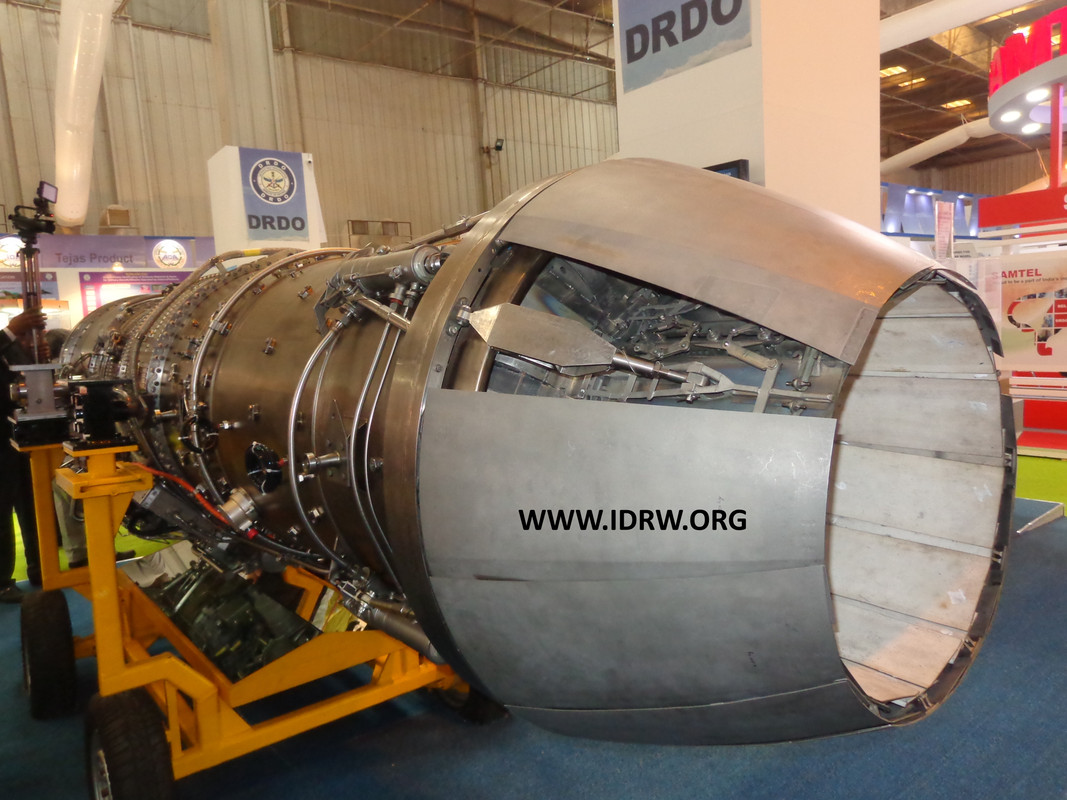
“The Government, headed by Prime Minister Shri Narendra Modi, is focusing on long-term gains and not short-term outcomes to make India a developed nation by 2047,” said Raksha Mantri Shri Rajnath Singh at a Defence Summit organised by a private media organisationin New Delhi on February 24, 2024.Shri Rajnath Singhtermed ‘giving priority to long-termism and long-term gains’ as the main difference between the present Governmentand the previous dispensations.
The Raksha Mantri stated that unlike in the past, the present Government has formulated and implemented policies which not only provide short-term gains for just five years. He enumerated the reforms undertaken in the defence sector for long-term gains in the last few years, including creation of the post of Chief of Defence Staff and setting up of the Department of Military Affairs which has enhanced jointness, synergy and smooth coordination among the three Services.
Continue readingSOURCE: AFI

The relationship between Brazil and India is poised to reach new heights with the upcoming inaugural Brazil-India defence dialogue for industrial and strategic collaboration, as announced by Brazilian Ambassador to India, Kenneth Haczynski Da Nobrega. Set to take place in New Delhi, this dialogue underscores the growing partnership between the two nations in the realm of defense and industrial cooperation.
Ambassador Nobrega highlighted the significance of this dialogue by stating that the Brazilian delegation, led by a vice minister of defense, is keen to explore avenues for collaboration that extend beyond traditional diplomatic ties. He emphasized Brazil’s interest in exploring opportunities for industrial collaboration, with specific reference to Embraer, a leading Brazilian aerospace company.
Continue readingSOURCE: PTI
)
DRDO Chairman Samir V Kamat on Saturday said the Indian government’s determination to make India self-reliant in defence production has led to a leap in the sector.
Asked about what made the ‘Make in India’ a success story, Kamat said, “Several factors have made this story possible, the first amongst it is government determination to make Aatmnirbharta happen. I think that is the most important factor which has changed the storyline.” “We have been talking about self-reliance for a long time but there was no determination on the part of the government. Once the present government has come to power they have really made a strong push to enforce Aatmnirbharta,” Kamat said at the Firstpost Defence Summit 2024.
Continue readingSOURCE: UNI

From being known as an arms importer, India today has found a place in the list of top 25 arms exporter nations and today the Defence export has touched Rs 16,000 crore, Defence Minister Raj Nath Singh said here on Saturday. Speaking at a Defence Summit organised by a private media organisation here, Rajnath Singh said, “Earlier, India was known to be an arms importer.
But today, under the leadership of the Prime Minister, we have come out of our comfort zone and found a place in the list of top 25 arms exporter nations. Seven to eight years ago, defence exports did not even touch Rs 1,000 crore and today, it has touched Rs 16,000 crore”. He said, by 2028-29, the annual defence production is expected to touch Rs three lakh crore and defence exports Rs 50,000 crore. The Minister said the Government is focusing on long-term gains and not short-term outcomes to make India a developed nation by 2047.
Continue readingSOURCE: PTI

An Indian warship provided critical assistance to a Palau-flagged cargo vessel in the Gulf of Aden after it caught fire following a missile attack, in the latest in a series of such support missions by the Indian Navy in the region.
The vessel MV Islander came under attack on February 22 and a crew member of the ship sustained injuries, Indian military officials said Saturday. The US military’s Central Command said in a statement that the Houthi militants fired two anti-ship ballistic missiles from southern Yemen into the Gulf of Aden on Thursday. It said the missiles impacted British-owned cargo vessel MV Islander causing one minor injury and damage.
Continue reading